
Income Streams From Windows 11: An Examination

Income Streams From Windows 11: An Examination
Microsoft Windows has the highest market share in the desktop operating system space in every part of the world. The dominant status of Windows in the desktop OS market helps Microsoft make lots of money. The software giant has plenty of strategies in place to make money simply by getting you to use Windows 11.
Even if you’re using Windows 11 for free, you’re directly or indirectly helping Microsoft to make money. But how exactly did that happen? Let’s enlighten you with the multiple ways the company earns money.
1. Microsoft Earns Money by Selling Windows 11 Licenses
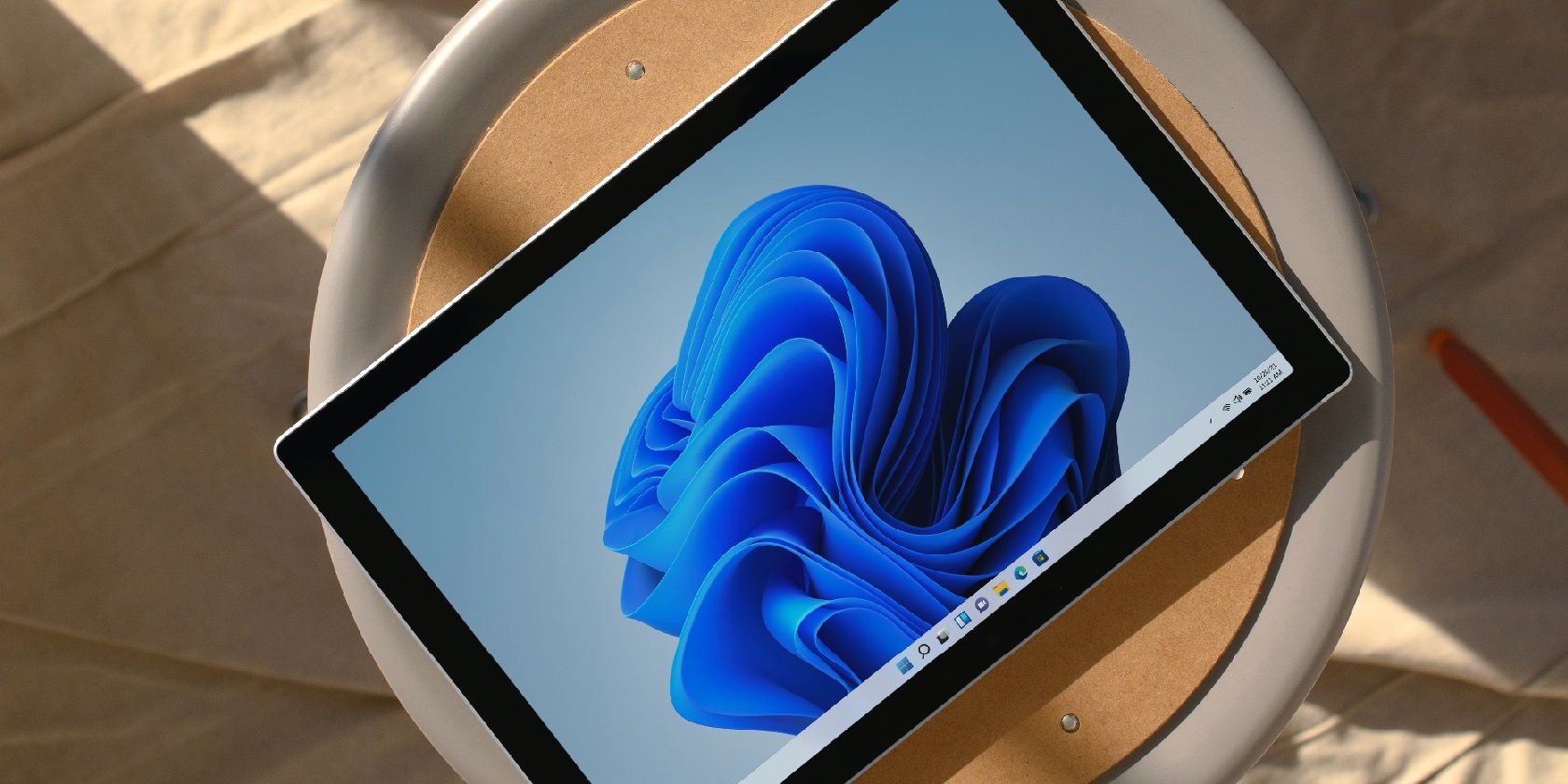
You can install Windows 11 on any computer that meets the minimum requirement to run the OS. Unlike Apple, Microsoft sells Windows 11 licenses so that you can make your PC using all the best components available.
You can buy Windows 11 licenses from the Microsoft Store or other authorized retailers. Microsoft earns profit for every license sold everywhere in the world.
Microsoft also charges a fee from Windows PC makers for pre-installing Windows 11 on their laptops, all-in-one PCs, and other devices that run Windows 11 desktop OS. While you don’t pay for the license separately while purchasing a Windows laptop, laptop makers include that fee in their final pricing.
In short, Microsoft earns money every time a PC is purchased or someone buys a license separately to build his custom PC.
2. Microsoft Sells Subscriptions to Windows 11 Users
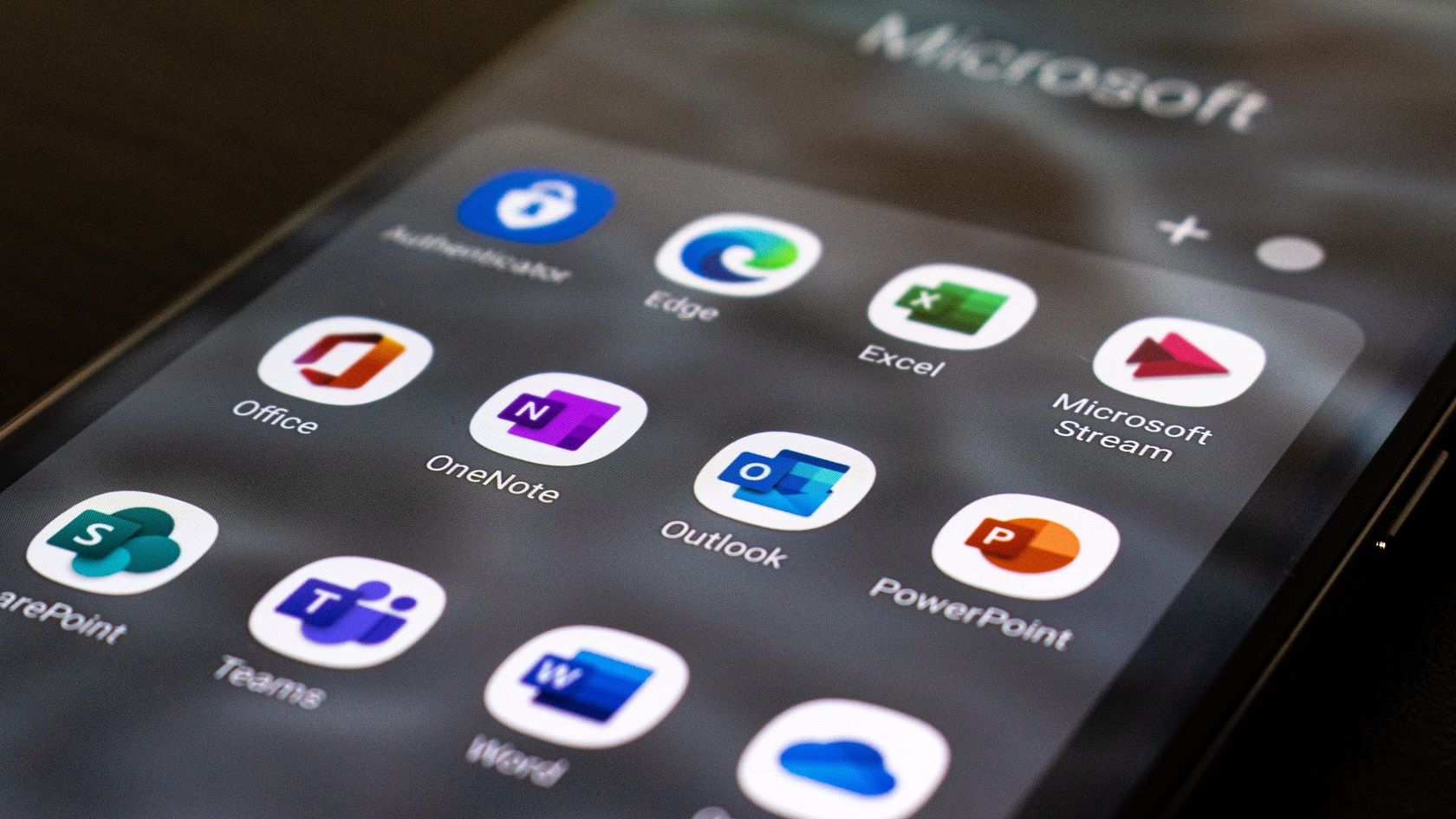
When you start using Windows 11, the chances are high that you’ll end up using some of Microsoft’s apps and services, some of which are paid. Like it or not, Microsoft keeps promoting its paid subscription offering, like Microsoft 365, through various apps and services.
For example, on opening the Microsoft Store, you’ll see Microsoft promoting its Microsoft 365 apps by highlighting some of their benefits.
Much of Microsoft’s paid subscriptions are available across all the major platforms, including macOS. However, it is easier for Microsoft to promote those services on Windows than on Apple’s macOS or any other platform for that matter.
Some popular subscription services that boost Microsoft’s revenue include Microsoft 365, Microsoft Azure, and Microsoft Dynamics 365.
3. Bloatware Apps in Windows 11 Help Microsoft Make a Profit
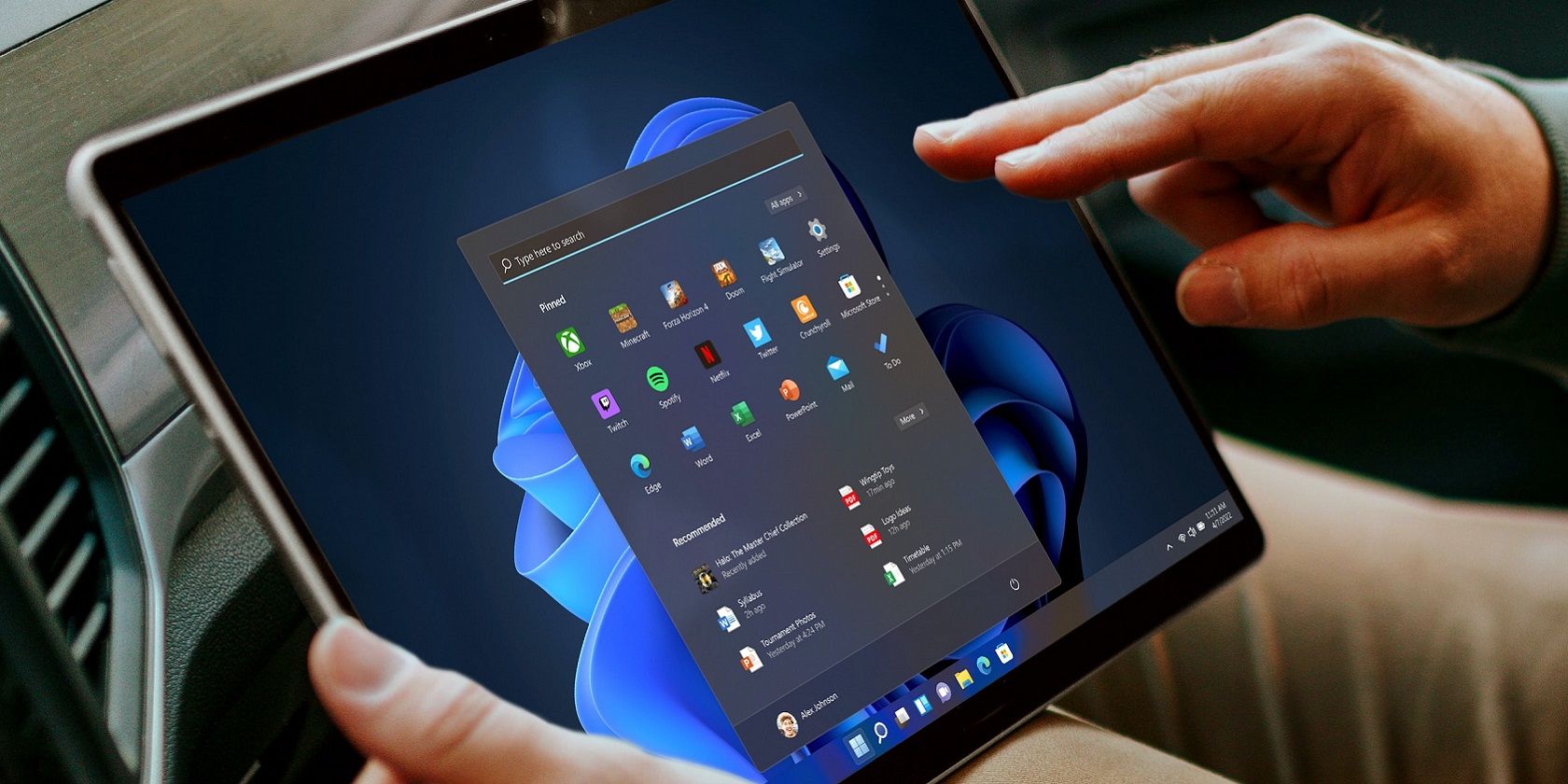
Potentially Unwanted Programs (PUP)—popularly known as bloatware apps—are the ones that device makers pre-install in return for money from the app developers. In Windows 11, if you see any apps pre-installed with the OS but aren’t from Microsoft, you can be sure that third-party app developers paid the company in anticipation of getting more visibility and installations.
Bloatware apps aren’t necessarily harmful to your device, but may not be useful to you. For example, the Candy Crush Saga game, Spotify, Facebook, and many more come pre-installed with Windows 11, and you may not want to use any of them. Luckily, you can uninstall bloatware apps on Windows 11 and free up some space on your PC.
Bloatware is not limited to Windows 11, though. You can find them in other Microsoft apps and services.
For example, the Microsoft Edge browser comes with bloatware, too. The “buy now, pay later “ option in Edge is a perfect example of bloatware in a web browser. The service is powered by a third-party company called Zip, which pays Microsoft a fee for each transaction happening via the BNPL (Buy now, pay later) service in Edge.
 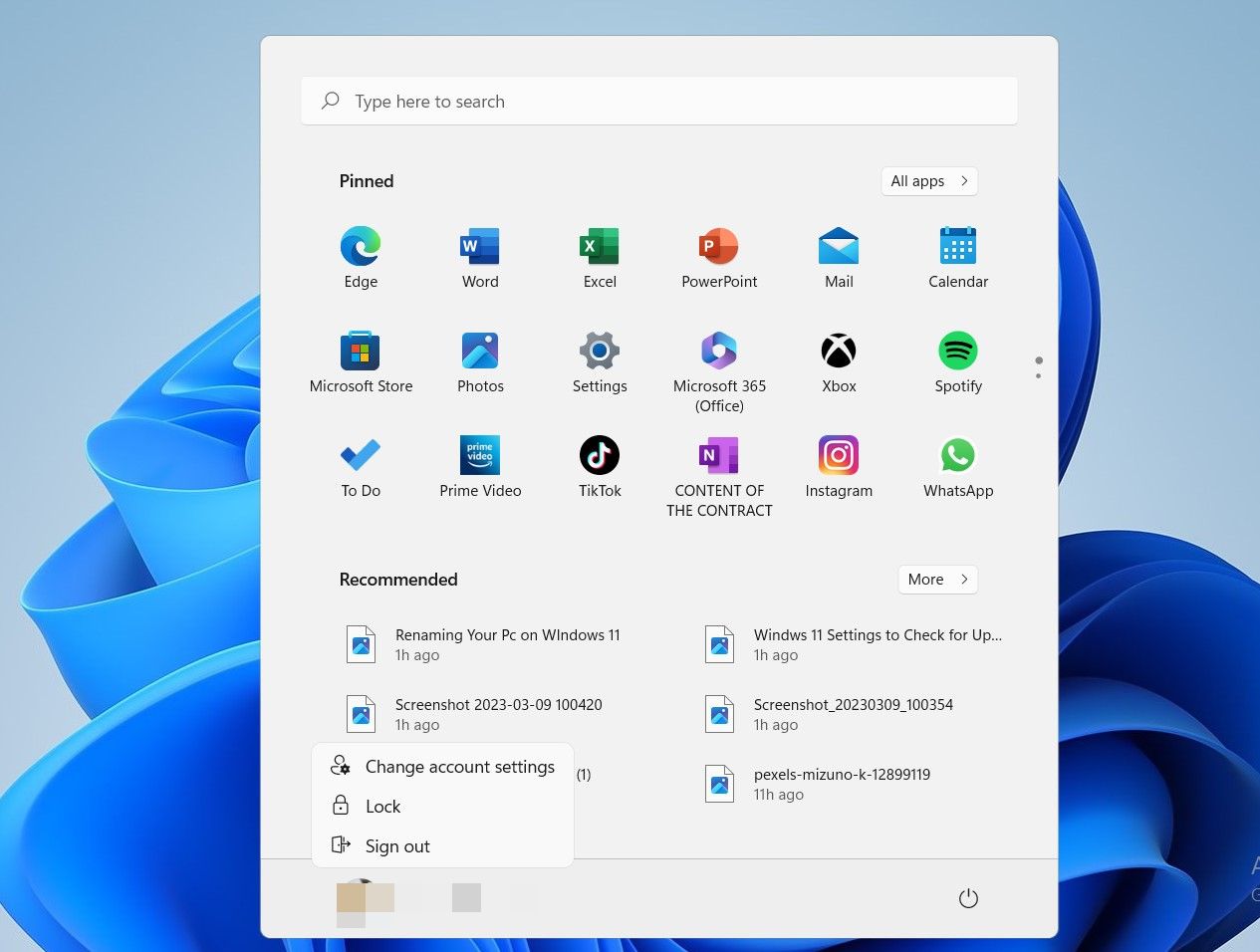

Every major tech company profits from advertising, and Microsoft is no exception. In fact, the company pays significant attention to increasing its advertisement revenue.
And since Windows is the company’s most successful product used by billions of people, showing advertisements in Windows 11 is arguably one of the best ways to earn more profit.
If you’re using Windows 11 and pay attention to the details, you’ll see Microsoft promoting its apps and showing ads in some of its apps on Windows 11. For example, you’ll see ads in apps like Weather, Photos, and more.
The company uses Microsoft Advertising SDK to run ads. Third-party developers can also monetize their apps using the SDK. When you see advertisements in one of Microsoft’s apps on your Windows 11 PC, chances are high that the company is earning some dollars.
It is worth noting Microsoft’s Advertising SDK is no longer available for new apps. But thanks to the ad mediation service, you can still use it to display advertisements from other ad networks. The SDK is available as an extension in Visual Studio.
Windows 11 shows you personalized ads, meaning it will try to show you advertisements that you might find interesting. And personalized ads require Microsoft to collect your data. But you can get rid of all of them by making Windows 11 ad-free .
5. Microsoft Makes Money From Search Advertising Business
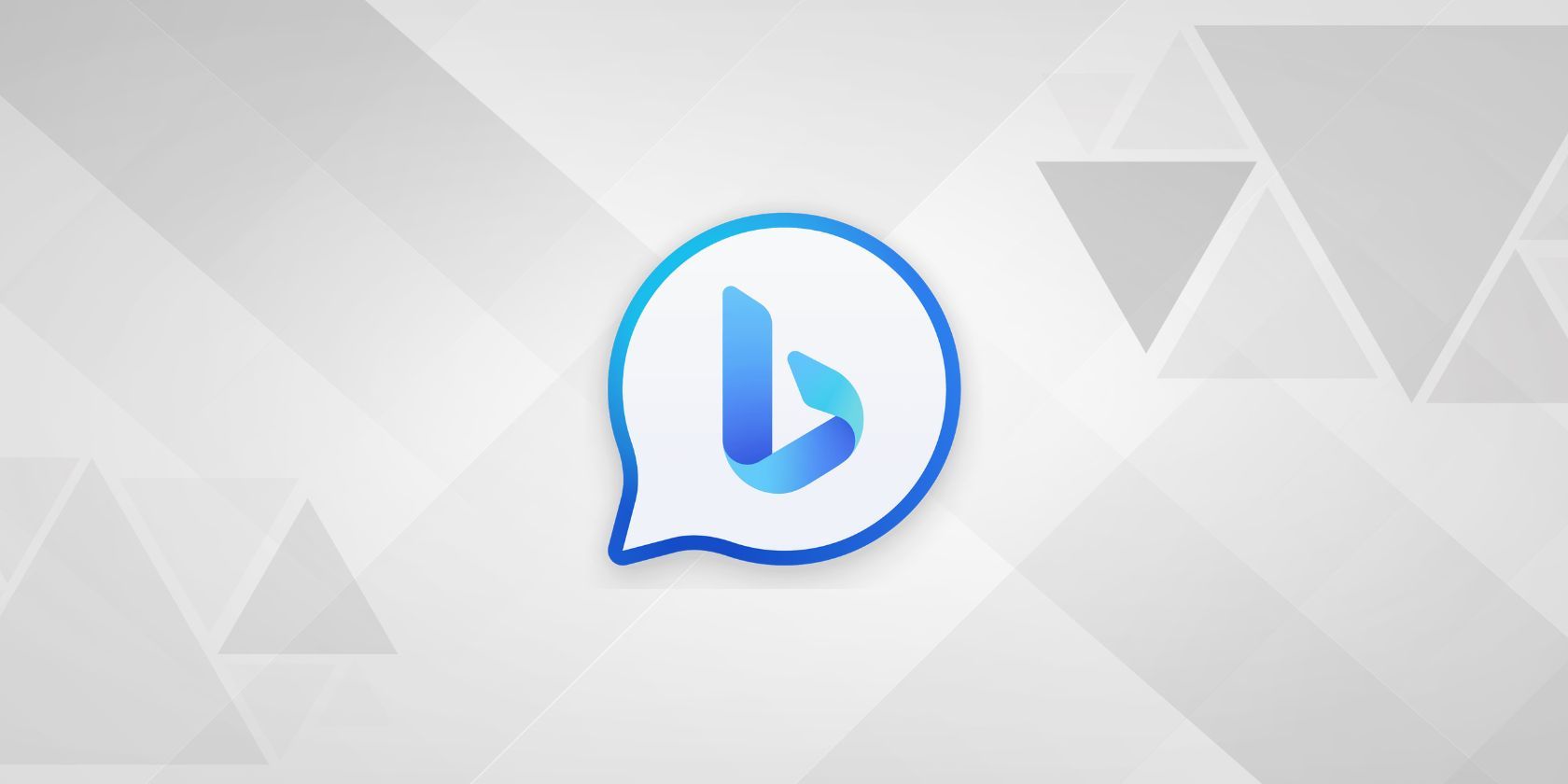
Microsoft earns a sizable chunk of its revenue from the personal computing space, which includes online search. And search is an integral part of Windows 11—you can see it in the Start menu, Settings app, and even File Explorer.
Also, there is a dedicated search widget in the taskbar. Behind the scenes, Microsoft’s Bing is responsible for showing you the results.
When using the search functionality in the Windows 11 Start menu or the Search widget, Bing brings up the results from the web. On the search page, you’ll also see advertisements that usually come at the top in the form of Sponsored results.
Microsoft shows all this sponsored content on the search page because the company was paid to do so. Microsoft’s Bing Chat chatbot also displays sponsored content in its responses, thus increasing the company’s overall revenue.
Since Bing is well integrated into Windows 11, it is easier for Microsoft to get more people to use their search in some way or the other. The more Bing can increase its user base, the more revenue it will earn by displaying sponsored content on its page. Overall, search remains an important focus area for Microsoft to make money in Windows 11.
## Microsoft's Revenue Sources Are Diverse in Windows 11For a company as big as Microsoft, having a diverse revenue stream is imperative. Besides personal computing space, productivity and business processes, and intelligent cloud, Microsoft invests in other companies to earn profit. It also invests in research and development to innovate new products to reach new customers.
Even if you’re using Windows 11 for free, you’re directly or indirectly helping Microsoft to make money. But how exactly did that happen? Let’s enlighten you with the multiple ways the company earns money.
- Title: Income Streams From Windows 11: An Examination
- Author: Richard
- Created at : 2024-07-29 08:08:52
- Updated at : 2024-07-30 08:08:52
- Link: https://win11-tips.techidaily.com/income-streams-from-windows-11-an-examination/
- License: This work is licensed under CC BY-NC-SA 4.0.
 Epubor Audible Converter for Mac: Download and convert Audible AAXC/AA/AAX to MP3 with 100% original quality preserved.
Epubor Audible Converter for Mac: Download and convert Audible AAXC/AA/AAX to MP3 with 100% original quality preserved. PCDJ Karaoki is the complete professional karaoke software designed for KJs and karaoke venues. Karaoki includes an advanced automatic singer rotation list with singer history, key control, news ticker, next singers screen, a song book exporter and printer, a jukebox background music player and many other features designed so you can host karaoke shows faster and easier!
PCDJ Karaoki is the complete professional karaoke software designed for KJs and karaoke venues. Karaoki includes an advanced automatic singer rotation list with singer history, key control, news ticker, next singers screen, a song book exporter and printer, a jukebox background music player and many other features designed so you can host karaoke shows faster and easier!